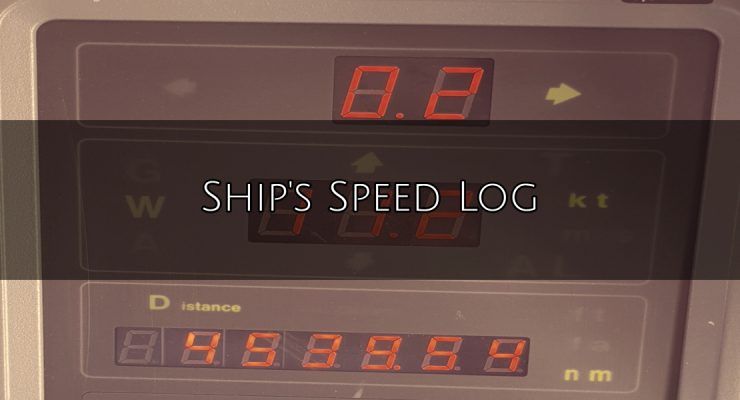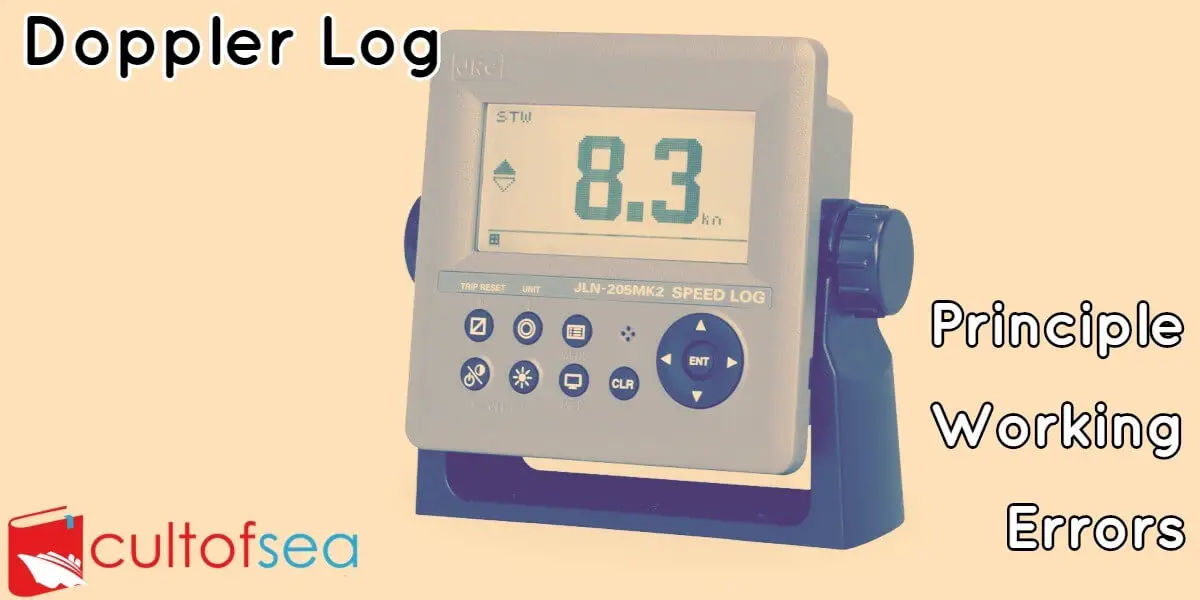An instrument for measuring the speed of a ship through water is called a ship's, or maritime, log. The same word is also applied to the daily record of a ship, though it is more properly termed a logbook. History In the years of sailing ships, the Dutchman's log was an early method of calculating ship speed. An object that would float was thrown into the water near the forward part of a ship. In the after, or rear, section, a sailor with a sandglass noted the time taken for the ship to pass the object floating in the water. From the time and the known distance between the two points on the … [Read more...]
Doppler Log – Principle, Working, Speed and Errors
Doppler log is an instrument, used in ships, to measure ship's relative speed with water (in which it is travelling) by the use of Doppler effects on transmitted/reflected sound waves.PrincipleDoppler log is based on the principle of Doppler shift in frequency measurement i.e. apparent change in frequency received when the distance between source and observer is changing due to the motion of either source or observer or both. In Doppler log an observer is moving with a source of sound towards a reflecting plane, then the received frequency. By measuring the received frequency and … [Read more...]

